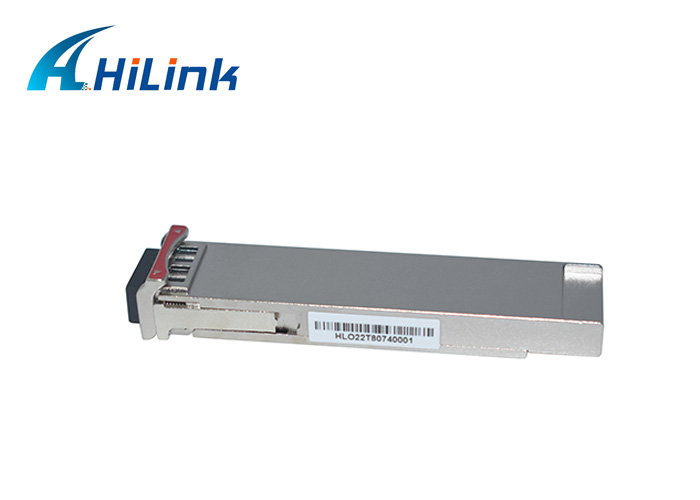Application and Protection of Optical Modules
Jul. 25, 2020
With the development of technology and the construction of 4G networks, the transmission rate requirements are getting higher and higher, and the people have higher and higher speeds for signal networks. Therefore, a high-speed transmission equipment product is needed, and 10G optical modules are produced in this way.
Optical module: The optical transceiver module is composed of optoelectronic devices, functional circuits and optical interfaces. The optoelectronic device includes two parts: transmitting and receiving. That is, the optical transceiver module. I've talked about it so much before. To put it bluntly, an optical module is an electronic product that converts electricity to light and light to electricity. It can convert signals into optical signals, making the transmission distance more convenient.
According to the working wavelength classification, the unit is a nanometer (nm). There are currently three main types:
850nm (MM, multimode, low cost but short transmission distance, generally only 500M can be transmitted); 1310nm (SM, single-mode, large loss during transmission but small dispersion, generally used for transmission within 40KM);
1550nm (SM, single-mode, low loss but large dispersion during transmission, generally used for long-distance transmission above 40KM, and can directly transmit 120KM without a relay at the farthest);
The number of bits of data transmitted per second (bit), in bps.

There are currently five commonly used: 155Mbps, 1.25Gbps, 2.5Gbps, 6 Gbps, 10Gbps, etc. The transmission rate is generally downward compatible, so the 155M optical module is also called FE (100M) optical module, and the 1.25G optical module is also called GE (Gigabit) optical module, which is currently the most used module in optical transmission equipment. In addition, its transmission rate in the optical storage system (SAN) has 2Gbps, 4Gbps, 6 Gbps and 8Gbps.
Transmission distance
The distance that the optical signal can be directly transmitted without relay amplification, in kilometers (also known as kilometers, km). Optical modules generally have the following specifications: multi-mode 550m, single-mode 15km, 40km, 80km and 120km, etc.
In addition to the above three main technical parameters (wavelength, speed, distance), the optical module also has the following basic concepts, which only need a simple understanding.
Classified by package
According to the package: 1x9, SFF, SFP, GBIC, XENPAK, XFP, etc., see previous articles for details.
1X9 package-welding type optical module, generally the speed is not higher than Gigabit, and SC interface is mostly used.
SFF package-welding small package optical module, generally the speed is not higher than Gigabit, mostly using LC interface.
GBIC package-hot swappable Gigabit interface optical module, using SC interface.
SFP package-hot swappable small package module, currently the highest data rate can reach 4G, mostly using LC interface.
XENPAK package-applied in 10 Gigabit Ethernet, using SC interface.
XFP package-10G optical module can be used in 10 Gigabit Ethernet, SONET and other systems, mostly using LC interface.
The above information is provided by optical transceiver manufacturers.











